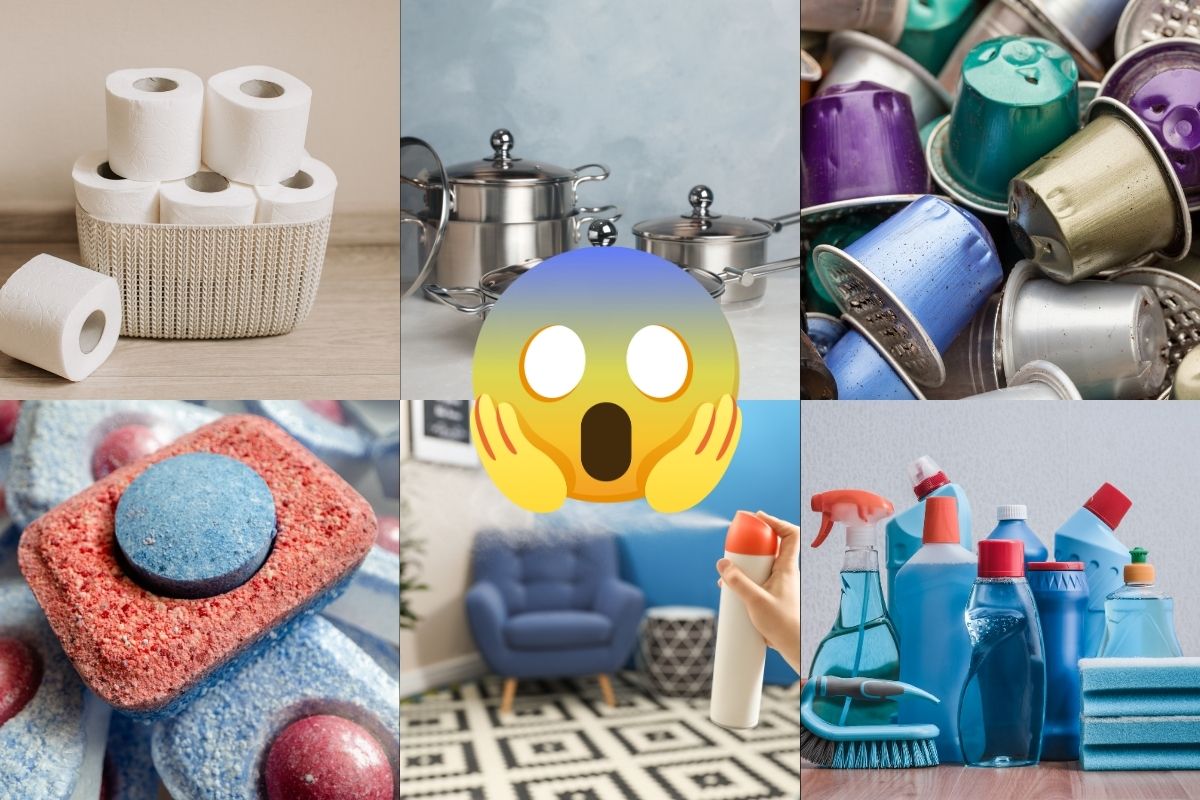I remember the day I first sat down at my computer and asked myself: “Could my own home be making me sick?” As someone who cares deeply about clean living, it hit me that the very items I trusted had a darker side. Over time I gathered research, personal observations, and health-data, and I want to walk you through the 10 worst things in my household that I believe are undermining health. I’ll also share what I did (and what you can do) to fight back.
Let me tell you: it’s surprising how many harmless-seeming objects are stealth carriers of toxins, microplastics, or chemical burdens. Here they are, from the obvious to the sneaky, in order of how much harm I believe they pose.
1. Toilet Paper (Yes, toilet paper)
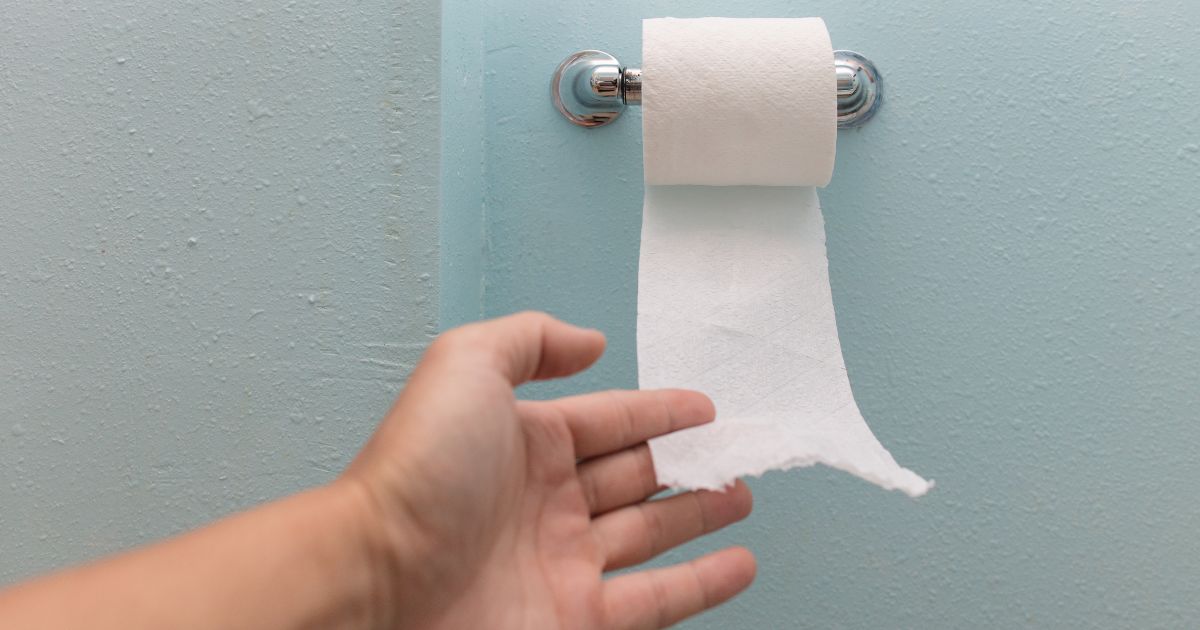
❌ Don’t Use Because:
-
It may contain PFAS, which are linked to hormone disruption, thyroid issues, and immune suppression.
-
Bleached brands can contain dioxins and furans, known carcinogens.
-
Scented or recycled paper may include BPA and synthetic fragrances.
✅ We Recommend:
-
Unbleached, PFAS-free bamboo or organic cotton toilet paper.
-
Bidet attachments to reduce the amount of paper used.
-
Look for brands that clearly state “no PFAS” and “chlorine-free.”
I used to think toilet paper was the most innocent of home products but that changed when I saw a global study showing PFAS “forever chemicals” in toilet paper in all continents tested. Researchers examined 21 major brands and found PFAS compounds, particularly a precursor called 6:2 diPAP, which may transform into more harmful PFAS like PFOA,
Why does that matter? PFAS are persistent in the body, bioaccumulative, and linked to hormone disruption, immune suppression, cancer risk, kidney and liver disease, thyroid problems, and developmental issues in children.
Also, many toilet papers are bleached, and traditionally, paper bleaching can create trace amounts of dioxins and furans, which are known to be toxic, carcinogenic, and hormone-disrupting. Add in scented paper, recycled fibers (that may carry BPA or phenolic residues), and the delicate skin and mucosal tissues in that area, and the risk scenario is real.
In my house, I swapped to bleach-free, PFAS-free, unbleached bamboo or cotton tissue, and supplemented with a bidet sprayer. The difference in skin irritation and peace of mind was immediate.
2. Nonstick / Teflon Cookware
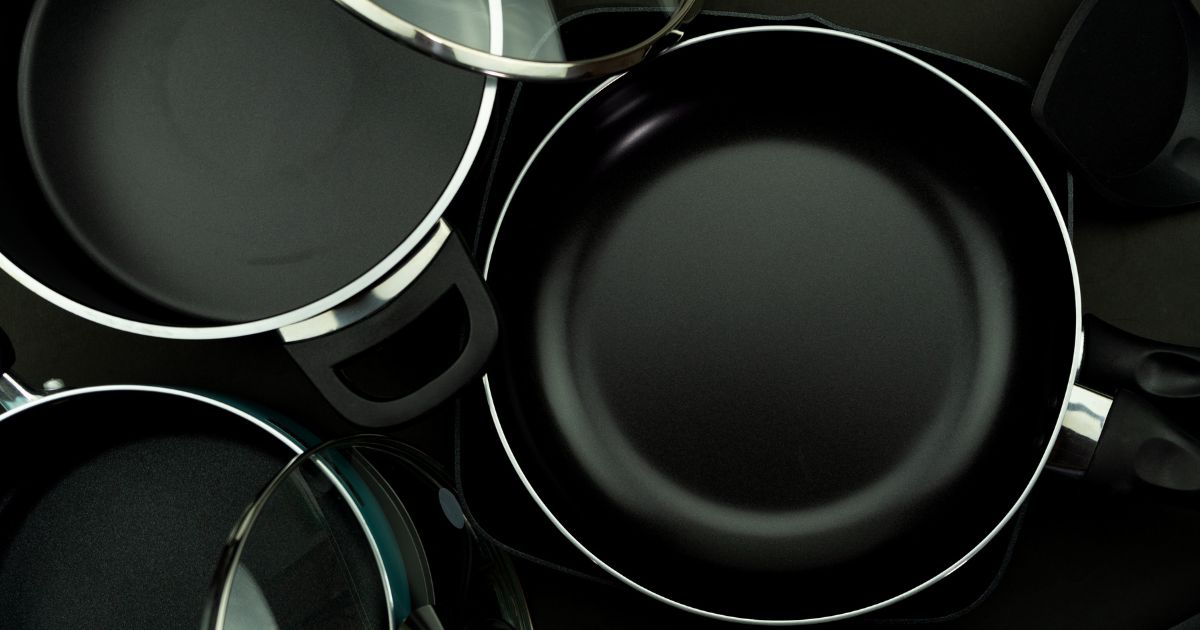
❌ Don’t Use Because:
-
Teflon (PTFE) coatings can emit harmful gases at high heat.
-
Scratched coatings shed microplastics into food.
-
PTFE is part of the PFAS family — persistent chemicals linked to cancer and liver damage.
✅ We Recommend:
-
Cast iron, stainless steel, or ceramic cookware.
-
Use medium heat only and avoid preheating empty pans.
-
Season cast iron properly — it naturally becomes nonstick over time.
Nonstick pans made with PTFE (Teflon) remain a staple in many kitchens. I admit I used to love how nothing stuck. But here’s what I learned: when PTFE coatings are overheated (typically above ~260 °C or 500 °F), they begin to break down, releasing gases, ultrafine particles, and degraded fluorinated compounds. Some of these are linked to polymer fume fever (also called “Teflon flu”) in humans which is a flu-like condition from inhaling fumes and the same fumes are lethal to pet birds.
Furthermore, PTFE is part of the broader PFAS family. While manufacturers often say PFOA is phased out, the newer replacement PFAS (e.g. GenX or PFBS) show similar warnings: kidney, liver, immunological, developmental, and endocrine toxicities. Scratched nonstick pans shed micro- and nanoplastic fragments or expose underlying materials to leach.
I no longer use nonstick pans. I replaced them with cast iron, stainless steel, and ceramic cookware, and I only use low- to medium heat, never preheating empty pans. That cut a major source of indoor chemical exposure.
3. Single-use Coffee Pods
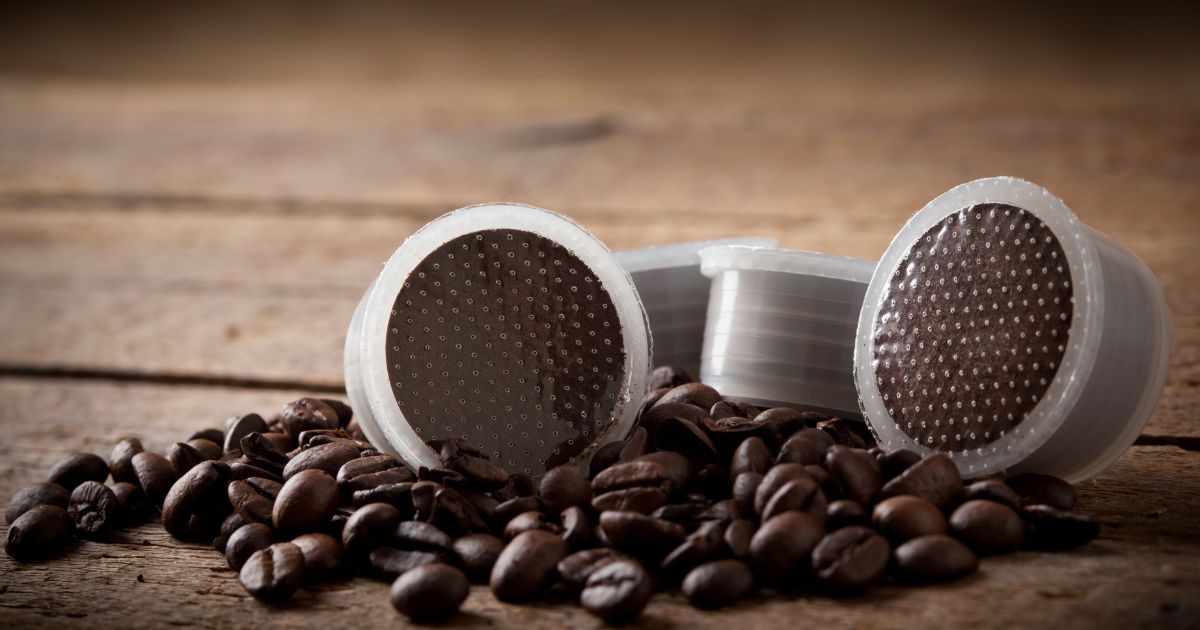
❌ Don’t Use Because:
-
Hot water and acidity cause plastic and aluminum to leach into coffee.
-
Each pod can release microplastics and BPA compounds.
-
Billions of pods end up in landfills and oceans every year.
✅ We Recommend:
-
Stainless steel reusable coffee pods or French press.
-
Glass pour-over or AeroPress systems with metal filters.
-
Choose organic, mold-free coffee beans for a cleaner cup.
I admit: I once loved the convenience of popping a pod, pressing a button, and getting coffee. But coffee pods carry problems:
-
Microplastics: Hot water and acidity may leach plastic fragments or particles into the brew.
-
Endocrine disruptors & aluminum/BPA: Some pods contain plastic liners or aluminum layers, with potential for bisphenols, phthalates, or aluminum leaching.
-
Accumulated exposure: Drinking pod coffee multiple times a day compounds low-level exposure over time.
I replaced pods with a stainless steel French press, glass pour-over drip, or reusable filter system. Same flavor, but no plastic waste, no hot leach risk.
4. Dishwasher Tabs / Pods & Plastic Dishes
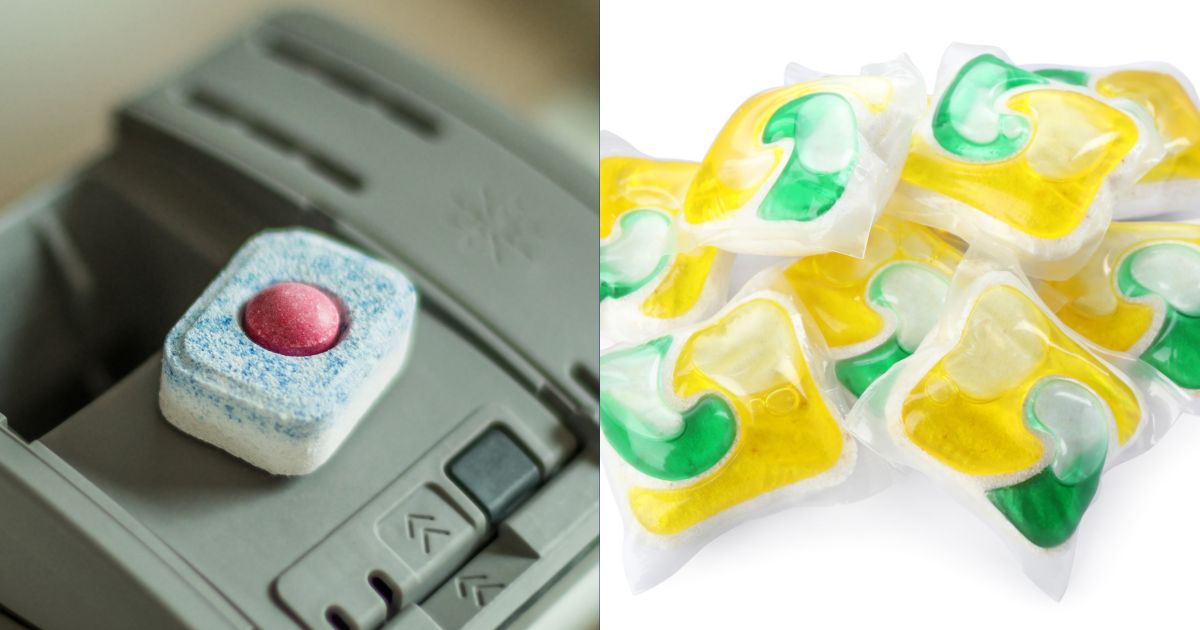
❌ Don’t Use Because:
-
Pods use PVA film (polyvinyl alcohol) that doesn’t fully break down.
-
Washing plastic dishes in hot water releases microplastics and chemicals.
-
Residues can contaminate food and enter wastewater.
✅ We Recommend:
-
Powder or liquid dish detergent in cardboard packaging.
-
Glass, stainless steel, or ceramic dishes.
-
Air-dry instead of using heated cycles to minimize energy and microplastic release.
I once thought dishwasher tabs were a cleaner, more efficient way to wash. Then I saw a study that one dishwasher load can release ~920,000 micro- and nanoplastic particles into wastewater. Many dishwasher pods still use PVA (polyvinyl alcohol) films or other plastic binders; research suggests around 75 % of such PVA ends up in the environment even after wastewater treatment.
Also, washing plastic dishes in the dishwasher accelerates microplastic shedding (plastic is scoured by heat, detergent, water pressure). Over time, ingested or inhaled microplastics are being studied for links to chronic inflammation, oxidative stress, endocrine disruption, and possible accumulation in tissues such as lungs, gut lining, even brain.
My solution: I phased out plastic plates, cups, and utensils for everyday use. I now use glass, stainless steel, ceramic, or bamboo. I hand-wash plastics seldom used. For dishwashing, I choose soap or powder forms (not pods) or eco-certified formulations with minimal plastic content.
5. Synthetic Air Fresheners / Plug-ins & Scented Candles
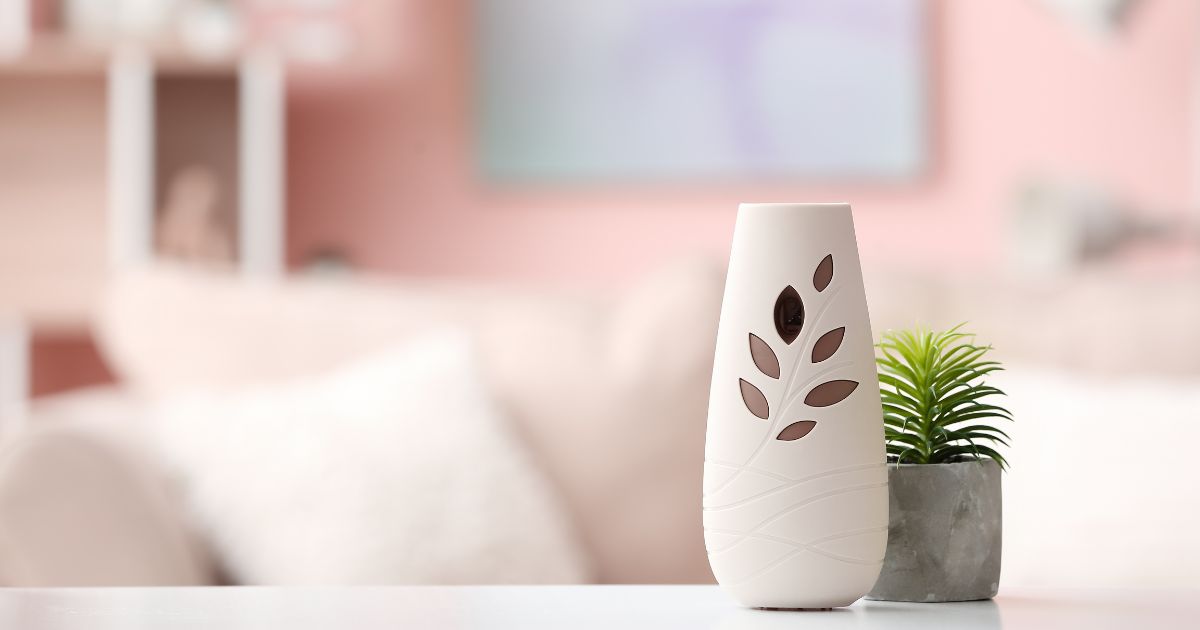
❌ Don’t Use Because:
-
Contain phthalates, formaldehyde, and volatile organic compounds (VOCs).
-
Linked to asthma, headaches, and hormone disruption.
-
Can lower indoor air quality more than outdoor pollution levels.
✅ We Recommend:
-
Essential oil diffusers (used sparingly).
-
Beeswax or soy candles with natural wicks and no synthetic fragrance.
-
Activated charcoal bags or baking soda jars to absorb odors naturally.
One of the sneakiest sources of indoor chemicals is fragrance. I used plug-in air fresheners, scented candles, and sprays. These often emit volatile organic compounds (VOCs), phthalates, synthetic fragrance chemicals, and formaldehyde. Over time, inhalation of these compounds contributes to respiratory irritation, asthma exacerbation, hormonal disruption, and neurological effects.
In my home, I switched to natural essential oil diffusers (in moderation), beeswax or soy candles with no synthetic fragrance, and I use baking soda, activated charcoal, or indoor plants to control odors.
6. Conventional Cleaning Products (Bleach, Ammonia, Mixed Cleaners)
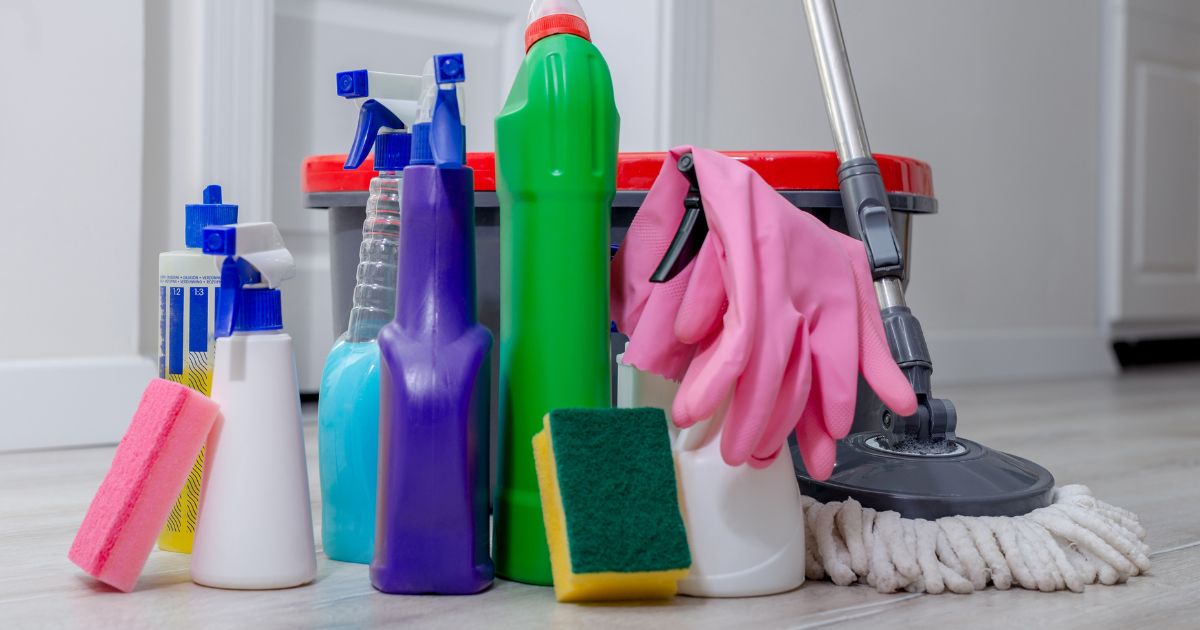
❌ Don’t Use Because:
-
Mixing bleach or ammonia releases toxic gases.
-
Many sprays contain formaldehyde releasers, chlorine, and synthetic solvents.
-
Long-term exposure irritates lungs and damages skin.
✅ We Recommend:
-
White vinegar, baking soda, castile soap, and hydrogen peroxide.
-
Add a few drops of tea tree or lemon essential oil for fragrance and antibacterial power.
-
Keep cleaning simple — most surfaces don’t need harsh chemicals.
I used bleach, multipurpose sprays, drain cleaners, and various cleaners until I learned that mixing bleach with acids (or with ammonia) generates toxic gases like chlorine gas, chloramines, or even chloroform. Even using bleach alone can create trace chlorinated organic compounds (some carcinogenic) in indoor air or surfaces. Chronic exposure to cleaning product fumes is associated with airway inflammation, asthma, skin irritation, and chemical burden to kidneys and liver.
I have replaced them mostly with plant-based cleansers, white vinegar, castile soap, baking soda, hydrogen peroxide (diluted), and only use stronger products in well ventilated spaces, wearing gloves and masks.
7. Vinyl Flooring / PVC Materials
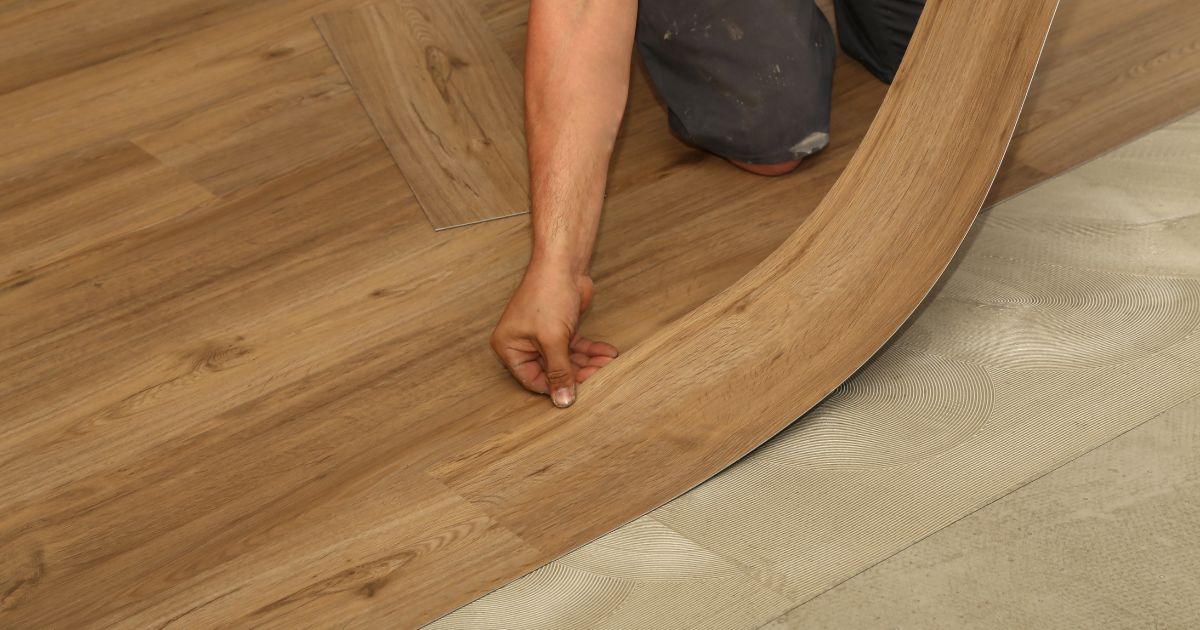
❌ Don’t Use Because:
-
Made from PVC (polyvinyl chloride), which emits phthalates and VOCs.
-
Linked to endocrine disruption, asthma, and liver toxicity.
-
Difficult to recycle and releases toxins during disposal.
✅ We Recommend:
-
Natural wood, bamboo, cork, or true linoleum (not vinyl).
-
For fabrics, switch to cotton, linen, or wool — no plastic coating needed.
-
Always air out new flooring and choose low-VOC adhesives.
When I got into materials science, I realized many homes, including mine, use vinyl (PVC) flooring, vinyl walls, vinyl blinds, shower curtains, vinyl upholstery. PVC often contains plasticizers (phthalates), chlorine, and additives that off-gas VOCs over years. Those chemicals are linked to endocrine disruption, asthma, allergic disease, and liver toxicity.
I began remodeling sections with natural wood, cork, linoleum (non-PVC), stone, or tile. I avoid vinyl fabrics and opt for natural fibers like cotton, linen, wool.
8. Plastic Food Storage, Wrap, and Microwave Containers
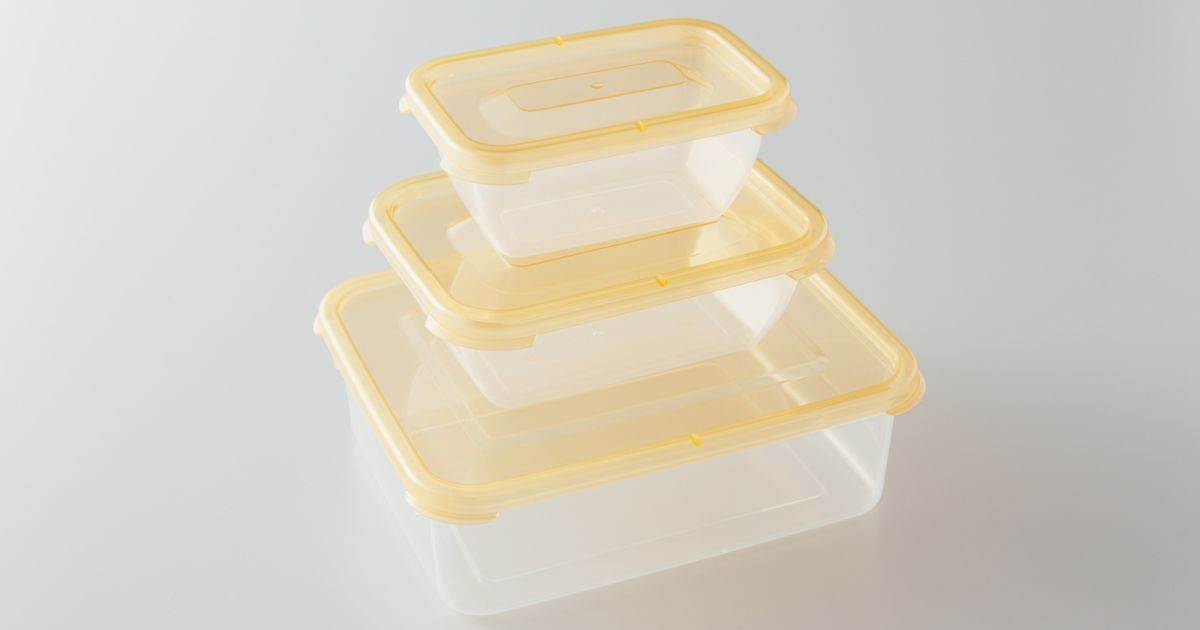
❌ Don’t Use Because:
-
Heat releases BPA, BPS, and phthalates into food.
-
Plastic containers scratch easily, increasing chemical leaching.
-
Dishwasher heat and detergent degrade the material faster.
✅ We Recommend:
-
Glass, stainless steel, or silicone containers.
-
Beeswax wraps or cloth covers instead of plastic wrap.
-
Never microwave or serve hot food in plastic.
For years, I stored leftovers in plastic boxes, reheated food in plastic, and wrapped things with cling film. Heat and acidic foods can leach BPA, BPS, phthalates, and plasticizers from plastic into food. Repeated microwaving or dishwasher cycles accelerate this. These chemicals are linked to hormonal disruption, fertility issues, metabolic problems, and chronic disease risk.
Now I use glass, Pyrex, stainless steel, or silicone (food-grade, heat-safe) containers and wraps. I avoid microwaving in plastic or using plastic wrap over hot food.
9. Water Filters
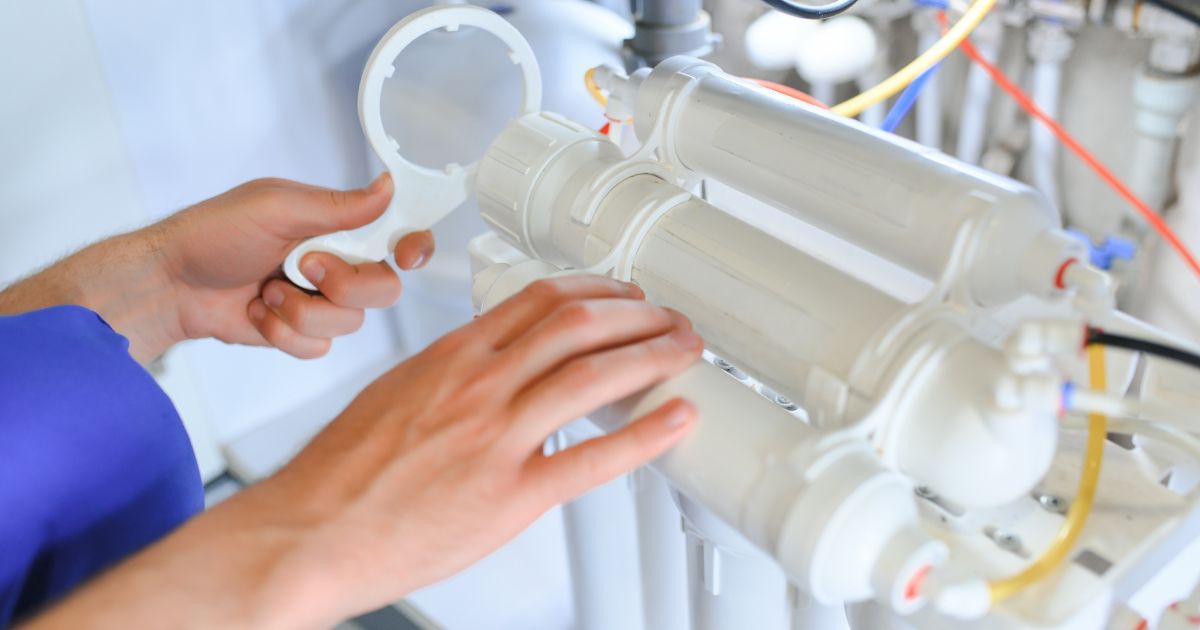
❌ Don’t Use Because:
-
Many basic pitcher filters don’t remove PFAS, microplastics, heavy metals, or drug residues.
-
Poorly maintained filters can grow bacteria and shed plastic fibers.
-
Cheap filters often just improve taste, not safety.
✅ We Recommend:
-
Whole-house multi-stage carbon or ceramic filtration systems.
-
Reverse osmosis (RO) for drinking and cooking water.
-
Gravity-fed stainless steel systems like Berkey for off-grid reliability.
-
Regularly replace cartridges to prevent bacterial growth.
I thought any water filter was better than none until I realized that cheap filters don’t remove most toxins. Many pitcher filters and small attachments miss PFAS, microplastics, heavy metals, and pharmaceutical residues that can sneak through our tap water.
Even worse, a poorly maintained filter can become a breeding ground for bacteria, and degraded plastic housings can leach microfibers back into your “filtered” water.
I upgraded to a whole-house multi-stage filtration system with activated carbon and sediment filters, and added a reverse osmosis unit for drinking water. This setup removes over 95% of harmful contaminants, including PFAS and chlorine.
If a full system isn’t practical, go for a gravity-fed stainless steel unit or a certified under-sink filter tested for PFAS, lead, and VOC reduction. Clean water isn’t optional because it’s essential for every cell in your body.
10. Plastic Cutting Boards
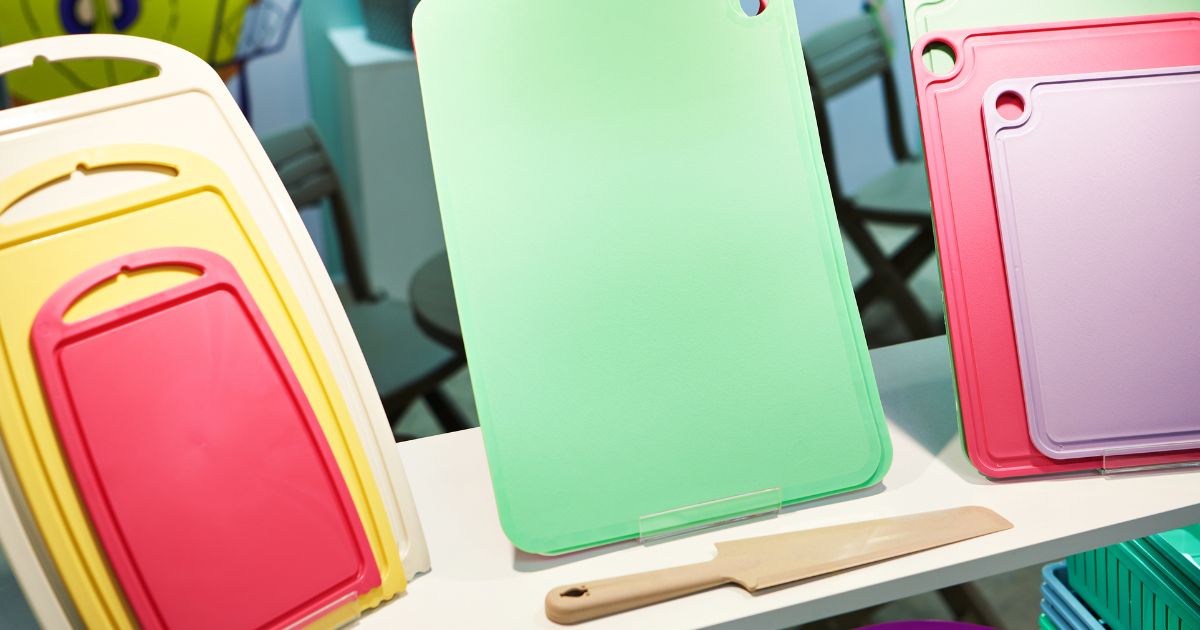
❌ Don’t Use Because:
-
Knives scrape microplastics into food with every use.
-
Hot water and detergents release even more fragments.
-
Microplastics can cause inflammation, oxidative stress, and hormone disruption.
✅ We Recommend:
-
Hardwood cutting boards (maple, walnut, or acacia).
-
Titanium cutting boards for raw meat or fish — durable, nonporous, and microplastic-free.
-
Clean wood boards with vinegar and salt, and oil them to prevent cracking.
This one surprised me the most. Every time you cut vegetables, fruits, or meat on a plastic cutting board, you’re likely creating tiny plastic shavings that end up in your food. Studies estimate that a single plastic board can release tens of thousands of microplastic fragments each year.
Microplastics have been linked to inflammation, oxidative stress, and potential hormone disruption when they accumulate in the body.
Now I use hardwood and titanium cutting boards.
-
Wood is naturally antimicrobial and gentle on knives.
-
Titanium is ultra-durable, nonporous, and microplastic-free — perfect for raw meat and seafood prep.
I keep one of each in my kitchen, and the difference is incredible. They’re easier to clean, safer for food, and they last for years without shedding a single plastic particle.
What These 10 Have in Common & Why They’re Dangerous
These household items share a few key traits:
-
They leach or shed microplastics, PFAS, VOCs, or additives when heated, abraded, or stressed.
-
They are persistent: PFAS don’t break down easily; flame retardants and microplastics accumulate over time.
-
They infiltrate our body via ingestion, inhalation, or dermal contact.
-
They add to total chemical burden, pushing detox systems (liver, kidneys, lymph) more than healthy levels.
-
Risk is cumulative and often subtle — a bit from each source, compounding over decades.
Science is still evolving, but early evidence links microplastics to oxidative stress, inflammation, endothelial damage, endocrine disruption, and possible accumulation in tissues. PFAS are better substantiated: they’re associated with cancers, hormone issues, immune suppression, developmental harm, and metabolic disease.
Each small step I took to remove one of these hazards added up but I felt better energy, fewer allergy flares, cleaner breathing air, and more peace inside my walls.
What You Can Do: My Betterlife Protocols for Safer Home
Here’s what I recommend (and what I implemented) to systematically reduce risk:
-
Audit your home room by room — note plastic, treated fabrics, cleaning products, nonstick cookware.
-
Replace one item at a time — for example, switch one pan, one container, one cleaning spray, one room of flooring.
-
Ventilate heavily when doing demos, painting, cleaning — open windows, use exhaust fans, air purifiers with activated carbon + HEPA.
-
Prefer natural materials — wood, glass, stainless steel, natural fibers, clay, stone.
-
Check for certifications — e.g. PFAS-free, GREENGUARD, OEKO-TEX, low VOC.
-
Limit plastics in heat or food contact. Don’t microwave plastics. Don’t brew in pods.
-
Minimize artificial fragrance use. Use essential oils sparingly and in well ventilated areas.
-
Use safe cleaning agents. Vinegar, baking soda, castile soap, oxygen bleach.
-
Keep surfaces and dust low. Vacuum with HEPA filter, mop with microfiber, remove fabric that sheds.
-
Support your body’s detox systems. Drink clean filtered water, eat fiber, antioxidants, support liver and kidney health (under medical guidance).
When I started down this path, my goal was not perfection but just progress. I still haven’t completely eliminated every risk (few of us can). But I’ve removed the biggest burdens. Each change reduced my internal chemical load, and now I feel more in control of the environment I live in.
Your home can be your sanctuary, not a chemical burden. Start with awareness. Choose safer swaps. Over time, your body, your immune system, your brain, and your inner peace will thank you.

